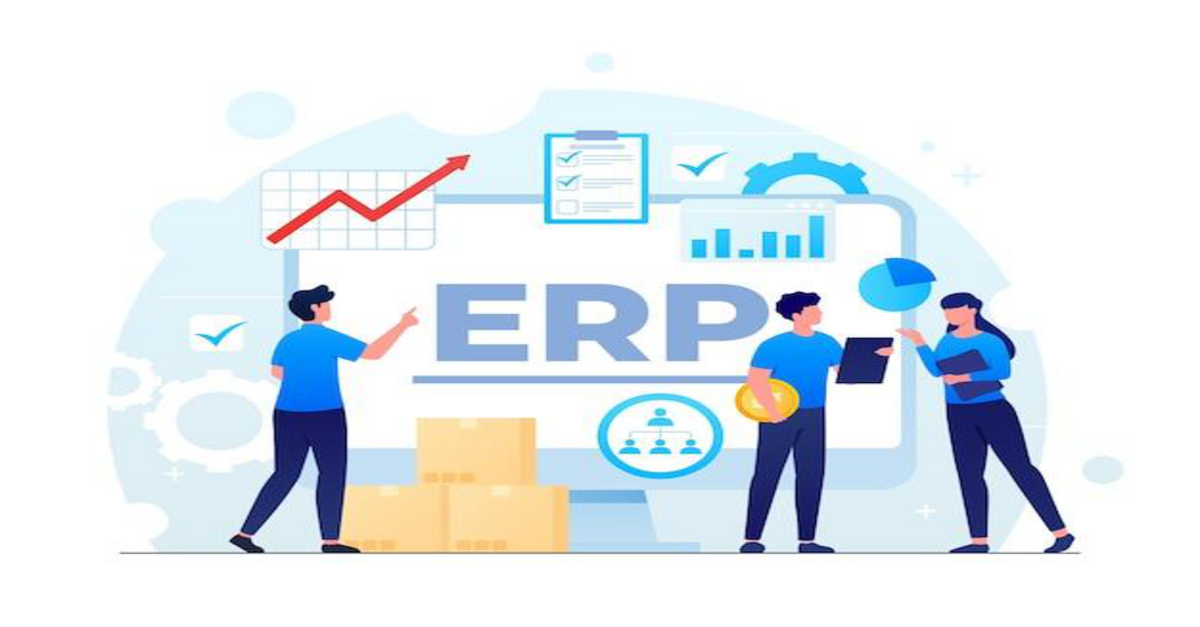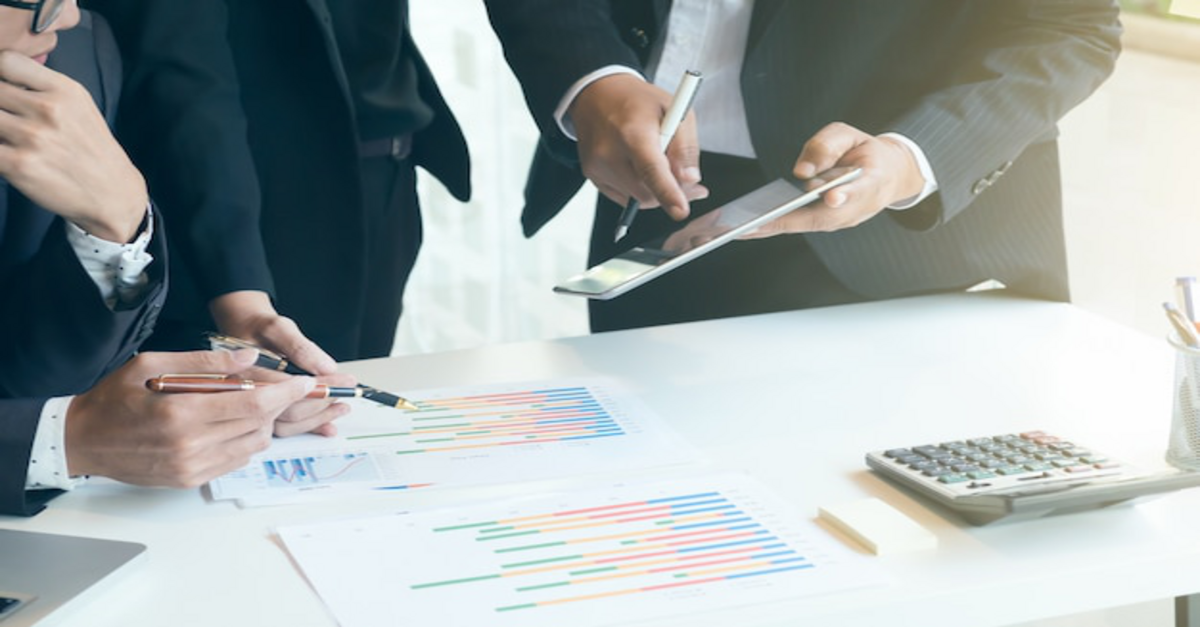Introduction
Since 2022, the hospitality industry has seen many ebbs and flows through the pandemic. Yet there are certain key performance indicators (KPIs) that have helped hotels and restaurants measure their progress and stay on track with their revenue and profit goals. As operators strive for continuous improvement and growth, these KPIs can help businesses benchmark their financial and operational data and identify where they need to focus to weatherproof their business through and beyond the pandemic. Hospitality businesses that have real-time data at their fingertips have the tools to make well-informed, better business decisions that affect their bottom line. These include leveraging data to identify peak seasons and optimal staffing levels to execute marketing campaigns and promotions that fill their restaurants and rooms. Those who have quick access to critical KPIs will be more likely to operate at optimal efficiency and maximum profit.
This blog will highlight actionable KPIs and discuss the factors that commonly affect these numbers and what you can do to improve them. Then, tie this data together with back-office financial management software like Sage Intacct to enhance visibility and see around the corners to identify opportunities and manage threats. Measure against these benchmarks to predict future opportunities and prepare accordingly
Break-even Point
The first KPI to highlight for your business is the break-even point, a critical metric that pinpoints exactly how much you need to make in sales to earn back investment, which can then forecast how long it’ll take for revenues to equal cost. Break-even analysis also shows justification for any big purchases, technology investments, or revamp costs. Knowing the cost of something is one thing, but being able to show how it will pay for itself in two months is more compelling for your stakeholders.
This allows you to answer the question, “When will my business break even?” This metric lets you evaluate if your prices are too low or if your costs are too high to reach your break-even point in a reasonable amount of time. It is a prerequisite to setting prices appropriately, establishing clear target goals, and identifying weaknesses in your business model that can be improved.
Cost of goods sold
With already narrow margins becoming even slimmer during the pandemic, every penny counts. Cost of Goods Sold (COGs) takes up a significant amount of a restaurant’s overall expense. Understanding how to calculate and manage the cost required to create each of the food and beverage items you sell to guests is paramount as this can have a majorly negative impact on restaurant profitability and cash flow.
By counting and recording inventory levels at the beginning and end of a time period, a picture is painted that tells you how much money you’re actually profiting. With this data, controllers can identify ways to minimize these costs – like negotiating better rates, opting for in-season, lower cost ingredients, or leveraging techniques to make your inventory last longer, resulting in increased margins and profit.
Menu Performance
With new key areas and expectations emerging from the pandemic, the hospitality industry is dealing with increasing cost pressures, challenges in efficiency, and staying afloat. The biggest challenges for hotels and restaurants are efficiency in operations and financials to tell at a glance which areas are driving profit and which areas to be cut.
One of these critical areas to understand how to set proper menu prices is food cost percentage. This metric tells you how much of your sales are spent on ingredients and food supplies. By understanding the food cost percentage for each of your menu items, you will be able to set menu prices and maximize profits. Over time, this data will allow you to choose to upsell or design your menu to promote the items that contribute most to your profit. You can also choose to minimize your menu items to only best-sellers and reduce wasted ingredients.
Average daily rate
Average Daily Rate (ADR) is a measure of financial performance and is the best-known way of gauging performance in the hotel industry. It is the average rental revenue per occupied room, and serves as an indication of how the hotel is doing at a given time. As well, this data point can be used as an ongoing performance metric to discover patterns and trends over a specific period of time. It is important to have this data to do a comparative analysis of previous periods or seasons to identify performance over time.
Determine the minimum ADR you need in order to be profitable, and monitor this number to ensure it doesn’t dip below this point. For instance, you may need to course adjust if you have a high occupancy rate combined with a lower ADR. This is valuable data that tells you when to hit the brakes when discounting rooms results in a loss of revenue.
Taking it a step further, you can calculate Average Rate Index (ARI). It is a measure of how your hotel’s average rate compares to that of your competitors. Keep up to date with your competition using this KPI to determine whether your rate is fair, above, or below average and adjust accordingly to raise, lower, or hold your prices.
A rate greater than 1 shows that your hotel is priced higher, on average than a competitor’s. A rate less than one means that you are priced lower. Using this data, you can make a business decision on whether to adjust your rates to increase more bookings. Use this data to adjust your rates to increase bookings or attract lower occupancy but higher revenue.
Occupancy Rate
The occupancy rate reflects how filled your hotel is. Answer questions like, “Why are there times when it is packed to the brim, and other times when it feels like a ghost town?”
Occupancy rate is an important metric that you can run and apply to any specific period of time: daily, weekly, monthly, or yearly. Use this metric to track how well your business is performing over the course of the season, monthover- month, or compared to last year. Understand how other factors such as discounts or advertising campaigns are affecting your occupancy levels. Again, determine the minimum level of occupancy that ensures profitability; if this number dips, take immediate action to steer it back to the baseline. Some ideas to boost occupancy rate include implementing loyalty and rewards programs or offering special packages.
In light of the pandemic, an increase in business and leisure travelers is a trend that is picking up momentum in 2022, and is expected to continue to rise. Use guest data collected through your PMS, connected to your back office accounting software, to analyze and better anticipate room service needs, restaurant labor scheduling, plans for limited staffing and events, and housekeeping. A huge benefit of this connection is having current data, not weeks’ old information, to pivot and make real-time decisions to determine profitability.
If you are already tracking these KPIs, imagine how much you could enhance your business if you had this real-time data at your fingertips. Then you could, for example, make decisions the night before to sell available rooms below cost to make that extra money, or to not do that because you would have to hire extra help and actually lose money.
Revenue per available room
This is the most important metric hoteliers depend on. This KPI tells hoteliers how effective they have been in filling rooms and maximizing profit, and reflects how well the Average Daily Rate is doing in meeting target occupancy goals. RevPAR shows the average revenue you’re getting out of each room, not just those that are occupied. It is a good indicator to predict how successful your average rate is at filling available rooms and thus, how successful your operations are.
Ideally, this number is equivalent to your occupancy rate, letting you know that every available room is filled. Stretch for a higher RevPAR score as this correlates with a high occupancy rate and ADR to help with planning. Note that your RevPAR score reflects revenue, not profit. Use this along with other metrics like cost and expense reports to understand your hotel’s true performance.
Together, these rates help hoteliers and operators optimize revenue.
Tying it all Together
Now that you have documented these key metrics in your PMS and POS, how can you start making sense of this wealth of information? Sage Intacct’s Cloud Hospitality Accounting Software collates all this and lets you automate financial data across multi-property hotels, restaurants, and other hospitality industry businesses. It is designed to analyze and improve the performance and profitability of your business- allowing you to drill down and track real-time performance.
Leverage unlimited dimensions to improve cash flow and revenue forecasting with real-time visibility into current inflows, outflows, and revenue streams in each location without having to use clunky, error-prone Excel. Simplify reporting with powerful reporting tools and dashboards within Sage Intacct to see the KPIs that matter most for your business growth. View the entire picture and drill down on specific data points to gain better insights and make on-the-fly business decisions.
Conclusion
It is important to set goals to hit and surpass the quota to keep profits coming in. Separately, KPIs reflect how your hotel or restaurant business is doing, but by tying this disparate data together, your team will be empowered to see the bigger picture: which areas are trending below expectations and where you are outperforming. By collecting this data gold mine from your POS or PMS system into a back-of-office hospitality financial management software like Sage Intacct, you can have up-to-date financials at your fingertips.
Sage Intacct Dashboards give you real-time actionable insights, allowing for faster reporting and closing. Consolidations give you a full-picture view that is always current, so you can streamline your chart of accounts to get richer information faster. You can create custom dashboards and reports for views that are unique to users and visualize these datapoints through custom charts and graphs. Track all the metrics that matter – prime costs, programs, menu profitability, occupancy rate, and more-in order to pivot on the fly and make sounder business decisions. Are you ready to empower your team with actionable data insights through real-time, cloud-based dashboards and reporting.
Contact Microsys today to learn more about Sage Intacct.



